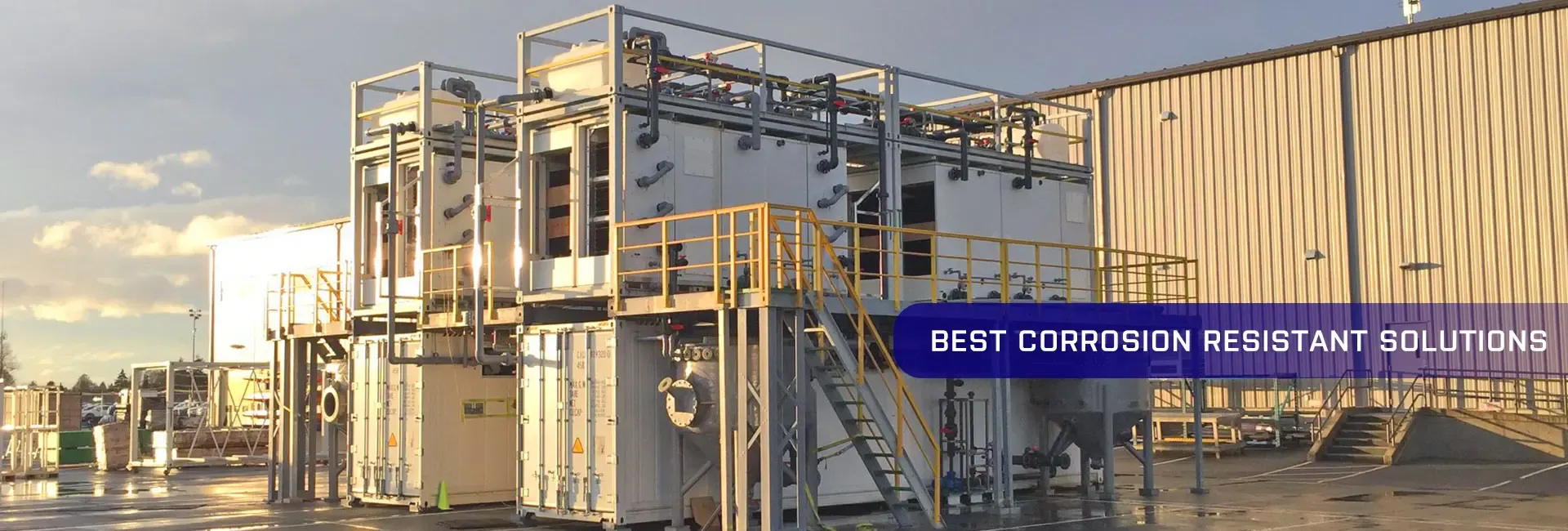
-
 Afrikaans
Afrikaans -
 Albanian
Albanian -
 Amharic
Amharic -
 Arabic
Arabic -
 Armenian
Armenian -
 Azerbaijani
Azerbaijani -
 Basque
Basque -
 Belarusian
Belarusian -
 Bengali
Bengali -
 Bosnian
Bosnian -
 Bulgarian
Bulgarian -
 Catalan
Catalan -
 Cebuano
Cebuano -
 China
China -
 China (Taiwan)
China (Taiwan) -
 Corsican
Corsican -
 Croatian
Croatian -
 Czech
Czech -
 Danish
Danish -
 Dutch
Dutch -
 English
English -
 Esperanto
Esperanto -
 Estonian
Estonian -
 Finnish
Finnish -
 French
French -
 Frisian
Frisian -
 Galician
Galician -
 Georgian
Georgian -
 German
German -
 Greek
Greek -
 Gujarati
Gujarati -
 Haitian Creole
Haitian Creole -
 hausa
hausa -
 hawaiian
hawaiian -
 Hebrew
Hebrew -
 Hindi
Hindi -
 Miao
Miao -
 Hungarian
Hungarian -
 Icelandic
Icelandic -
 igbo
igbo -
 Indonesian
Indonesian -
 irish
irish -
 Italian
Italian -
 Japanese
Japanese -
 Javanese
Javanese -
 Kannada
Kannada -
 kazakh
kazakh -
 Khmer
Khmer -
 Rwandese
Rwandese -
 Korean
Korean -
 Kurdish
Kurdish -
 Kyrgyz
Kyrgyz -
 Lao
Lao -
 Latin
Latin -
 Latvian
Latvian -
 Lithuanian
Lithuanian -
 Luxembourgish
Luxembourgish -
 Macedonian
Macedonian -
 Malgashi
Malgashi -
 Malay
Malay -
 Malayalam
Malayalam -
 Maltese
Maltese -
 Maori
Maori -
 Marathi
Marathi -
 Mongolian
Mongolian -
 Myanmar
Myanmar -
 Nepali
Nepali -
 Norwegian
Norwegian -
 Norwegian
Norwegian -
 Occitan
Occitan -
 Pashto
Pashto -
 Persian
Persian -
 Polish
Polish -
 Portuguese
Portuguese -
 Punjabi
Punjabi -
 Romanian
Romanian -
 Russian
Russian -
 Samoan
Samoan -
 Scottish Gaelic
Scottish Gaelic -
 Serbian
Serbian -
 Sesotho
Sesotho -
 Shona
Shona -
 Sindhi
Sindhi -
 Sinhala
Sinhala -
 Slovak
Slovak -
 Slovenian
Slovenian -
 Somali
Somali -
 Spanish
Spanish -
 Sundanese
Sundanese -
 Swahili
Swahili -
 Swedish
Swedish -
 Tagalog
Tagalog -
 Tajik
Tajik -
 Tamil
Tamil -
 Tatar
Tatar -
 Telugu
Telugu -
 Thai
Thai -
 Turkish
Turkish -
 Turkmen
Turkmen -
 Ukrainian
Ukrainian -
 Urdu
Urdu -
 Uighur
Uighur -
 Uzbek
Uzbek -
 Vietnamese
Vietnamese -
 Welsh
Welsh -
 Bantu
Bantu -
 Yiddish
Yiddish -
 Yoruba
Yoruba -
 Zulu
Zulu
frp dual lamination product
Understanding FRP Dual Lamination Products
In recent years, the demand for advanced materials with exceptional properties has surged, leading to the rising popularity of Fiber Reinforced Plastics (FRP). Among the various manufacturing techniques, FRP dual lamination has emerged as a revolutionary method to enhance the performance characteristics of products used across various industries. This article explores the concept of FRP dual lamination, its benefits, applications, and its significance in modern manufacturing.
What is FRP Dual Lamination?
FRP dual lamination refers to the process where two layers of different materials are bonded together using a fiber-reinforced polymer matrix. This technique allows manufacturers to combine the best characteristics of each material, resulting in a composite that exhibits superior mechanical properties, chemical resistance, and durability. The fibers used in FRP can include glass, carbon, or aramid, each providing distinct advantages in terms of strength-to-weight ratio and resilience.
The dual lamination process typically involves the application of a layer of FRP over another substrate material—often metal or plastic—thereby creating a composite structure. This approach not only fortifies the product but also protects the underlying layer from environmental damage, abrasion, and corrosion.
Benefits of FRP Dual Lamination
1. Enhanced Mechanical Properties One of the primary advantages of FRP dual lamination is the significant improvement in mechanical strength. The combination of materials leads to a composite that can withstand higher loads, making it suitable for heavy-duty applications.
2. Corrosion Resistance FRP materials are inherently resistant to many corrosive agents. By laminating these materials with substrates like metals, the resulting products can offer long-lasting performance even in harsh environments, including chemical processing plants and marine applications.
3. Weight Reduction FRP composites are lighter compared to traditional materials like steel or aluminum. The dual lamination process enables manufacturers to produce lighter products without compromising strength, which is crucial in industries like automotive and aerospace.
4. Thermal Insulation FRP dual laminated products exhibit excellent thermal insulation properties. This is particularly beneficial in applications requiring temperature control, such as in refrigeration.
frp dual lamination product

5. Design Flexibility The versatility of FRP allows for a range of shapes and sizes, enabling designers to create customized solutions tailored to specific needs. This adaptability is vital in industries such as construction, where unique geometries are often required.
Applications of FRP Dual Lamination
The applications of FRP dual lamination products are extensive and varied, spanning multiple sectors
- Aerospace In aerospace applications, the lightweight and strength properties of FRP dual laminated materials lead to improved fuel efficiency and payload capacities. These composites are commonly used in aircraft components and interiors.
- Automotive The automotive industry utilizes FRP dual lamination to manufacture car parts that reduce overall vehicle weight while enhancing safety and performance. Protective coatings derived from this technology also help in combating environmental wear.
- Construction In construction, FRP dual laminated products are used in structural components, facades, and even bridges. Their resistance to moisture and chemicals makes them ideal for outdoor applications.
- Electrical Insulating panels and housings made from FRP dual lamination are commonly used in electrical applications, providing safety against electrical hazards while maintaining lightweight flexibility.
- Environmental Engineering The durability and corrosion-resistant properties of FRP dual laminated materials make them perfect for use in water treatment plants, waste management systems, and stormwater management solutions, as they can withstand harsh chemical substances.
Conclusion
FRP dual lamination represents a significant advancement in material science, offering numerous benefits that enhance product performance and longevity. As industries continue to evolve and demand higher quality materials, the role of FRP composites will undoubtedly expand. The combination of lightweight, strength, corrosion resistance, and design flexibility positions FRP dual lamination products as a cornerstone of innovation in modern manufacturing. Through continued research and development, we can expect to see even more refined applications that will further revolutionize the way products are designed and utilized across various industries.









